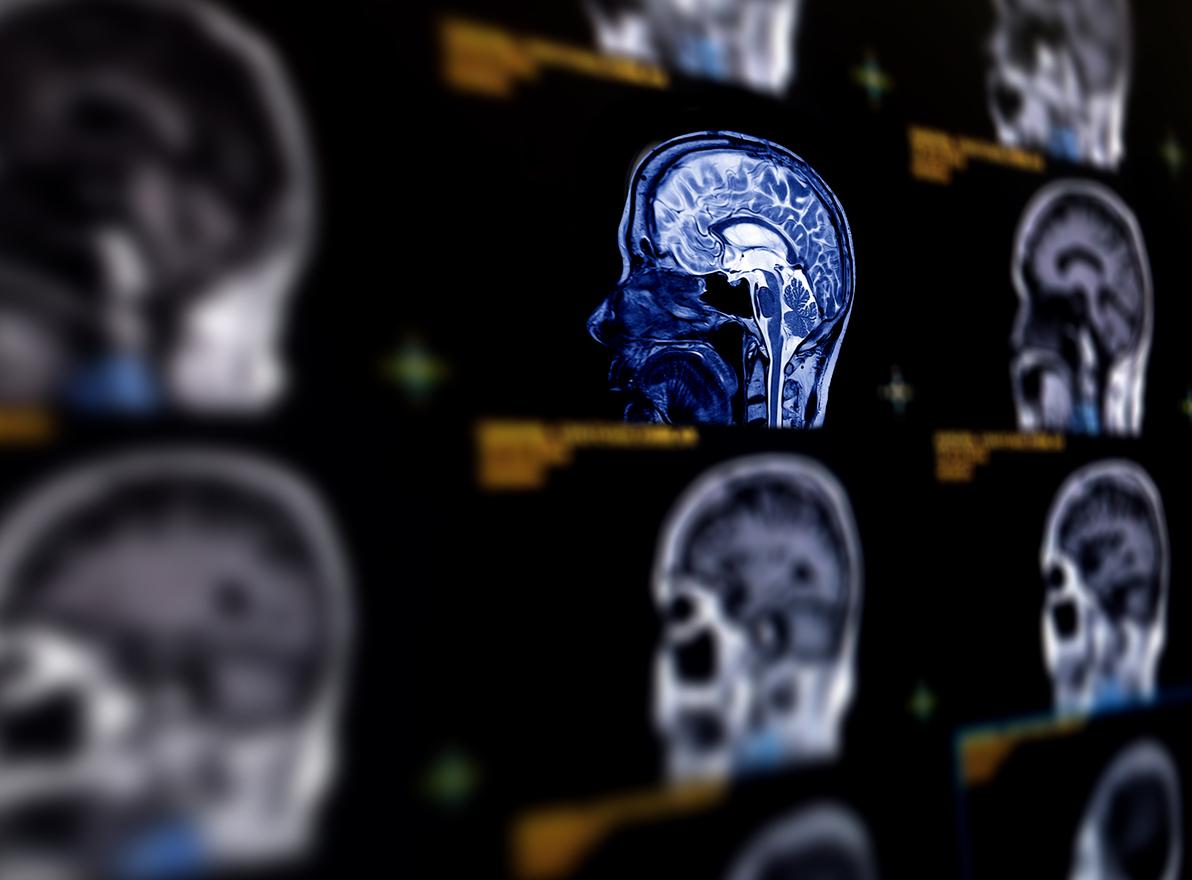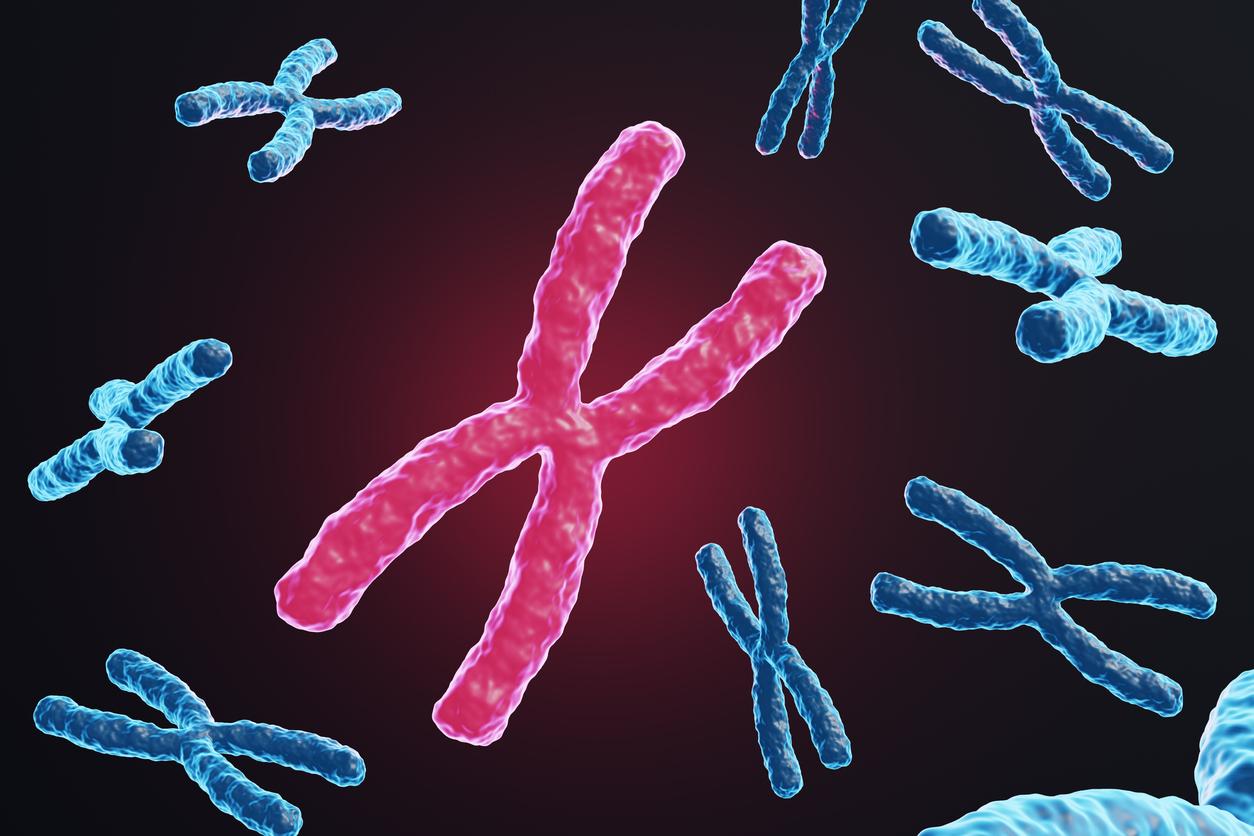Warning signs before rupture… In some cases, several symptoms can reveal the existence of a developing aneurysm before it ruptures.

- Brain aneurysms can sometimes be detected before they rupture by symptoms such as severe headaches, visual disturbances and neck pain.
- Early detection is crucial to prevent potentially fatal brain hemorrhage.
- Imaging diagnosis and appropriate treatment can save lives.
A cerebral aneurysm is an abnormal dilation of a blood vessel in the brain, which can lead to a rupture with often dramatic consequences, such as a cerebral hemorrhage. This condition affects between 1 and 4% of the population. A brain aneurysm forms when the wall of an artery in the brain weakens, creating a sac or balloon that can fill with blood. This condition is often asymptomatic until the aneurysm becomes very large or ruptures, causing a potentially fatal brain hemorrhage. Early detection is therefore crucial to prevent serious complications.
Signs of Brain Aneurysm
Although many brain aneurysms do not cause symptoms until they rupture, some signs can sometimes alert you to their presence:
- Severe and unusual headaches. Sudden, severe headaches, often described as the “worst headaches of my life,” can be a warning sign. These thunderclap headaches are caused by the pressure the aneurysm puts on surrounding brain structures.
- Eye pain or visual disturbances. Pain behind the eye or visual disturbances, such as double vision, may occur if the aneurysm presses on the optic nerves. These symptoms are often located on one side of the head and may be accompanied by a dilated pupil or drooping eyelid.
- Neck pain and stiffness. Neck pain and stiffness may indicate irritation of the membranes surrounding the brain and spinal cord caused by pressure from the aneurysm.
- Sensitivity to light (photophobia). Photophobia, or increased sensitivity to light, can also be a warning sign. This reaction may be due to irritation of brain structures by the aneurysm.
- Loss of consciousness or convulsions. In some cases, an aneurysm may cause fainting or seizures before it ruptures. These symptoms indicate a significant disruption in brain function and require immediate medical attention.
Cerebral aneurysm: 5 risk factors
Several factors increase the risk of developing a brain aneurysm, including:
- Heredity: A family history of cerebral aneurysm increases the risk.
- High blood pressure: High blood pressure puts extra strain on arterial walls.
- Smoking: Smoking damages blood vessels and increases the risk of aneurysms.
- Excessive alcohol consumption: Alcohol abuse can weaken the walls of your arteries.
- Head injuries: Head injuries can lead to aneurysms.

Diagnosis and treatment
Diagnosis of a cerebral aneurysm is based on imaging tests, such as:
- Cerebral angiography: This test allows us to visualize the blood vessels in the brain.
- Computed tomography (CT scan): Used to detect aneurysms and bleeding.
- Magnetic resonance imaging (MRI): Provides detailed images of the brain and blood vessels.
Treatment depends on the size, location, and risk of rupture of the aneurysm. Options include:
- Observation : For small and asymptomatic aneurysms.
- Clipping surgery: A clamp is placed at the base of the aneurysm to stop blood flow.
- Endovascular coiling: A catheter is used to place coils into the aneurysm, causing it to clot.
Although brain aneurysms are often asymptomatic until they rupture, there are warning signs that may indicate their presence. Spotting these symptoms early can lead to early diagnosis and medical intervention that could prevent a catastrophic rupture. If you experience sudden, severe headaches, visual disturbances, or unusual neck pain, it is essential to see a healthcare professional immediately.

















